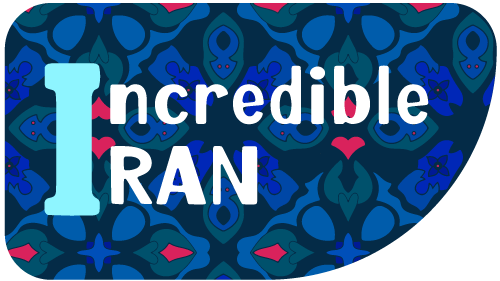Get to know Iran's handicrafts
What you will read in this article:
1. Basket Weaving (Hasir Bafi)
Basket weaving is one of the oldest crafts globally, using plant fibers to create various items. This art is popular in Iran, especially in provinces like Sistan and Baluchestan, Kurdistan, Khuzestan, Bushehr, Khorasan, Hormozgan, Kerman, Yazd, Fars, Mazandaran, Gilan, East Azerbaijan, and Tehran. The materials and weaving techniques vary based on the local environment.
Materials: Reeds, palm leaves, young tree branches.
Uses: Baskets, mats, decorative items.
2. Termeh (Traditional Iranian Textile)
Termeh is a luxurious handwoven fabric known for its intricate patterns and rich colors. Originating from Yazd, it is made from silk, wool, or a blend of fibers. It’s paisley designs and dense weaving characterizes Termeh.
Types: Shawls, scarves, tablecloths.
Production Centers: Yazd, Kerman, Tehran, Kashan.
3. Copperware
Copper was one of the first metals used by humans. In Iran, Zanjan and Isfahan are renowned for their high-quality copper products, including cookware, decorative items, and traditional utensils.
Features: Durable, heat-resistant, and aesthetically pleasing.
Types: Pots, pans, trays, decorative pieces.
5. Handwoven Carpets
Iranian carpets are famous worldwide for their quality and intricate designs. Handwoven carpets date back to the Sassanian and Achaemenid periods. Major carpet-producing regions include Isfahan, Kashan, Tabriz, and Qom.
Types: Gabbeh, Kilim, Jajim.
Features: Unique patterns, durable, high craftsmanship.
8. Glasswork (Abgineh)
Glassmaking in Iran involves various techniques to create beautiful, functional, and decorative items. This craft has evolved over centuries, blending traditional methods with contemporary designs.
Types: Bottles, vases, lamps.
Techniques: Molded glass, blown glass, etched glass.
10. Persian Miniature Painting (Negargari)
This style of painting is known for its detailed, colorful depictions of historical and mythological scenes. Persian miniatures are characterized by their fine brushwork and vibrant colors.
Regions: Tehran, Isfahan, Mashhad.
Techniques: Fine brushwork, detailed compositions, use of gold leaf.
12. Leathercraft
Leather has been used in Iran for clothing, footwear, and writing materials. Today, it remains a popular material for crafting various goods, including bags, wallets, and belts.
Regions: Tabriz, Mashhad, Isfahan.
Types: Handmade leather goods, decorative leatherwork, functional items.
Conclusion
Iran's handicrafts are a testament to its rich cultural heritage and the creativity of its people. By exploring these crafts, you can gain a deeper appreciation for the country's artistic traditions and the skill required to produce these beautiful items. Supporting these crafts helps preserve Iran's cultural legacy and provides livelihoods for artisans across the nation.
Exploring Iran
Special Tours to Iran for English Speakers
in your
Native language
